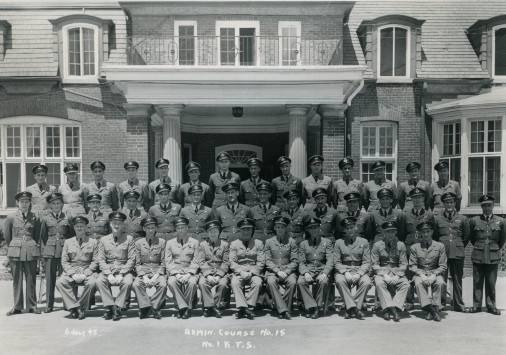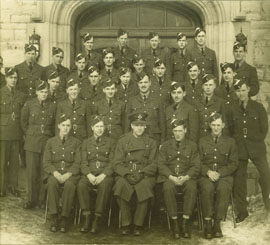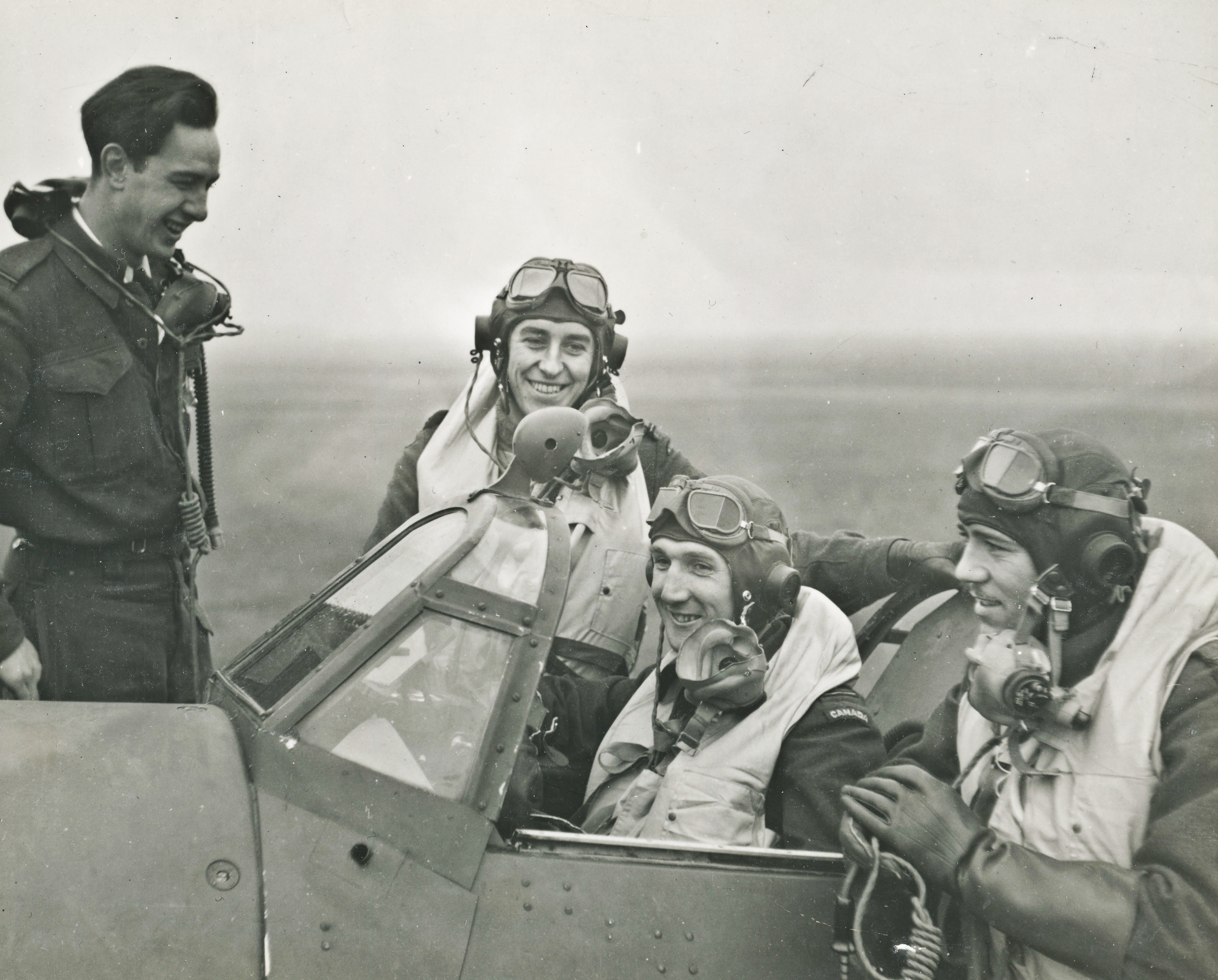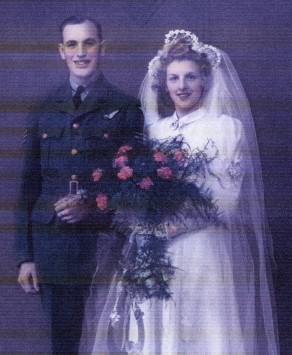Memory Project Archive
George Henry Dancer (Primary Source)
"So that meant there was eight of us and this was a three man dinghy. So we all got out there on the wing with the good float on it, to keep that other wing from getting down in the water." See below for Mr. Dancer's entire testimony. Please be advised that Memory Project primary sources may deal with personal testimony that reflect the speaker’s recollections and interpretations of events. Individual testimony does not necessarily reflect the views of the Memory Project and Historica Canada.














